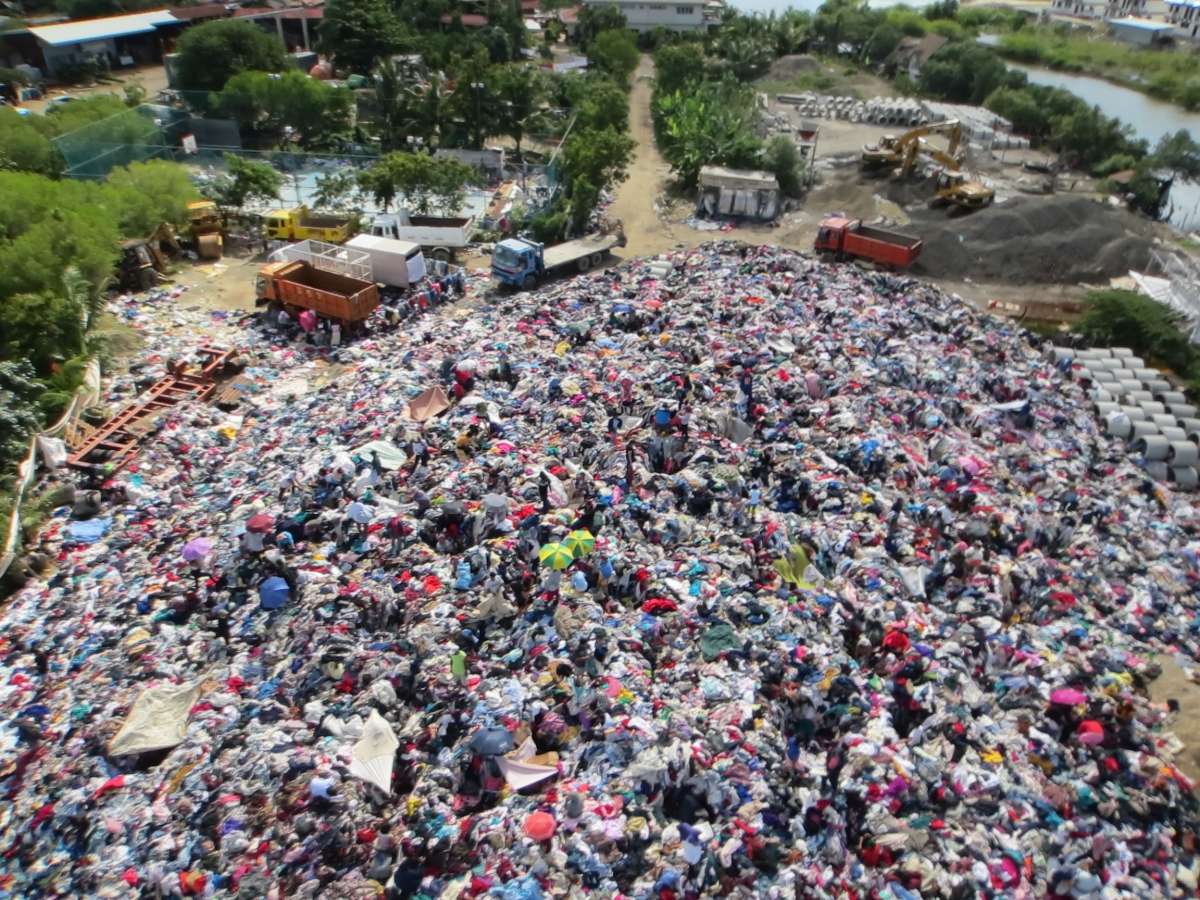
Sustainable innovation in the textile industry: the answer to an ever growing polluting value chain

The evidence of weaving activities dates back to around 5000 BC. For thousands of years the textile industry has developed around natural fibres being transformed into clothes to protect from cold weather or strong sun exposure. Today, the textile industry creates more plastic waste than Germany’s urban waste and consumes more oil than the whole of France. This can be attributed to the massive changes of the last 150 years.
The industrial revolution, the invention of synthetic fibres and ultimately fast-fashion trends have amplified the impact of the textile industry much beyond the boundaries of our wardrobes. An impact which has even expanded to include industrial applications as airplanes, cars, machinery and construction goods.
There is a long journey from agricultural fields and oil fields through to processing, dyeing, weaving, finishing and distribution. Because of this, people often do not appreciate the complexity of the value chain behind a coat, a swimsuit or a parachute, to name only a few modern textile products. When we buy a pair of jeans we rarely reflect on how they have been made and we certainly neglect the environmental footprint when we throw them into the trash bin.
In this newsletter we unpack the textile industry’s value chain and its drawbacks. The extent to which this industry is growing into a global environmental priority will astonish much of our audience. From our perspective it is not a surprise, but another great opportunity to reconcile economic and sustainable development.

